A Look Back At The World's Finest Motor Car: The Rolls-Royce Phantom
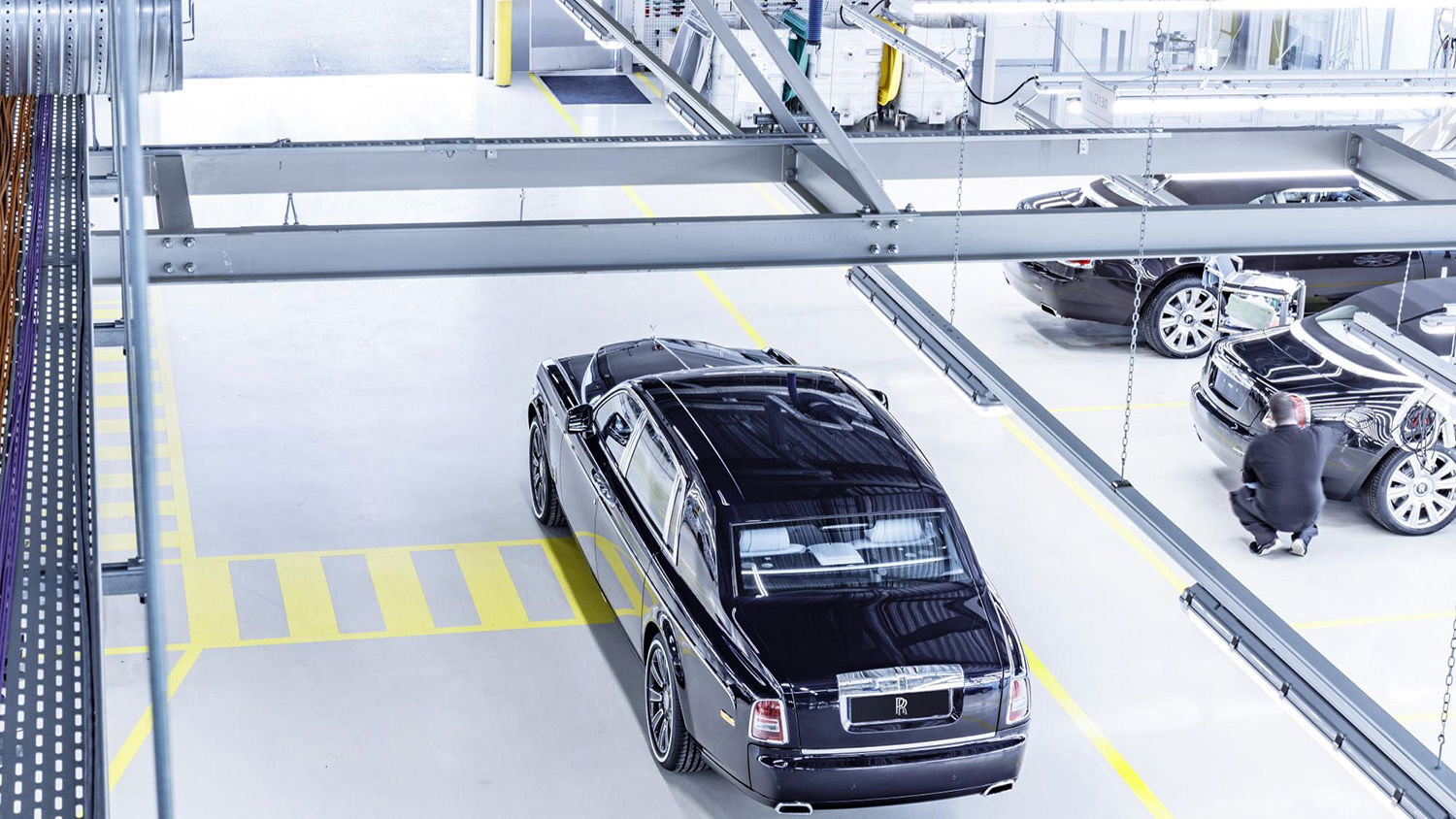
This week, the very last Rolls-Royce Phantom rolled off the production line at the factory in Goodwood. Surprisingly, the eighth generation won’t be here until 2018, leaving the firm’s engineers time to completely rebuild the production line ready for the all-new aluminium structure.
You’d be brave to argue against the Phantom being the world’s finest car, and that’s been the case pretty much throughout its seven-model history. It’s so fine that even calling it a car seems disrespectful. It’s probably the world’s last automobile, in the finest British tradition. The very last car was hand-crafted specifically for a ‘connoisseur collector’, on a grand old ocean liner theme, with a secret price tag expected to have hit seven figures. This is not the stuff of mere cars. That’s the thing about the Phantom: it was always anything but ordinary.
Phantom I: 1925-1931
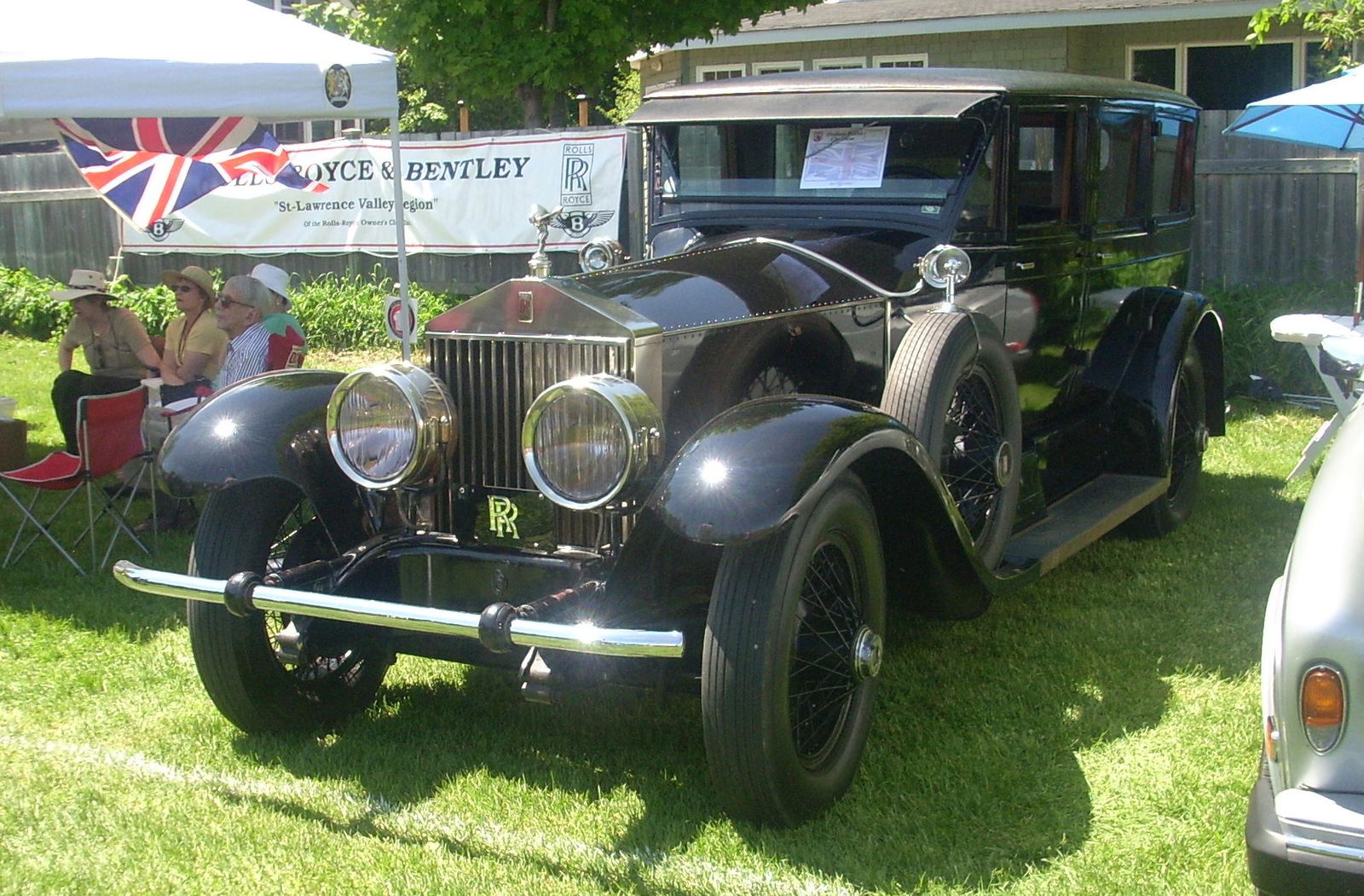
The name was born in the mid-1920s, when the company replaced the original Silver Ghost. Built on the same basic frame at the same UK and US factories, it used a 7.7-litre straight-six with what the company called ‘sufficient’ power. They upgraded the stoppers, too – except for some early US-built ones that, err, didn’t have front brakes. The beautiful coach-built body was always produced bespoke by a specialist coachbuilder of the buyer’s choosing, with Rolls-Royce itself only supplying the chassis, including the suspension and running gear.
There were a surprising number of key differences between the two models from opposing sides of the Atlantic. British cars used a four-speed automatic with the American versions using a simpler three-speeder, and even the wheelbase of the long-wheelbase versions was different by four inches – the UK model being the longer. Whether this approach worked well or not, the Springfield, Massachusetts factory closed during the Great Depression. It shut its doors in 1931 after 10 years in business, only ever building the Phantom I.
Phantom II: 1929-1936
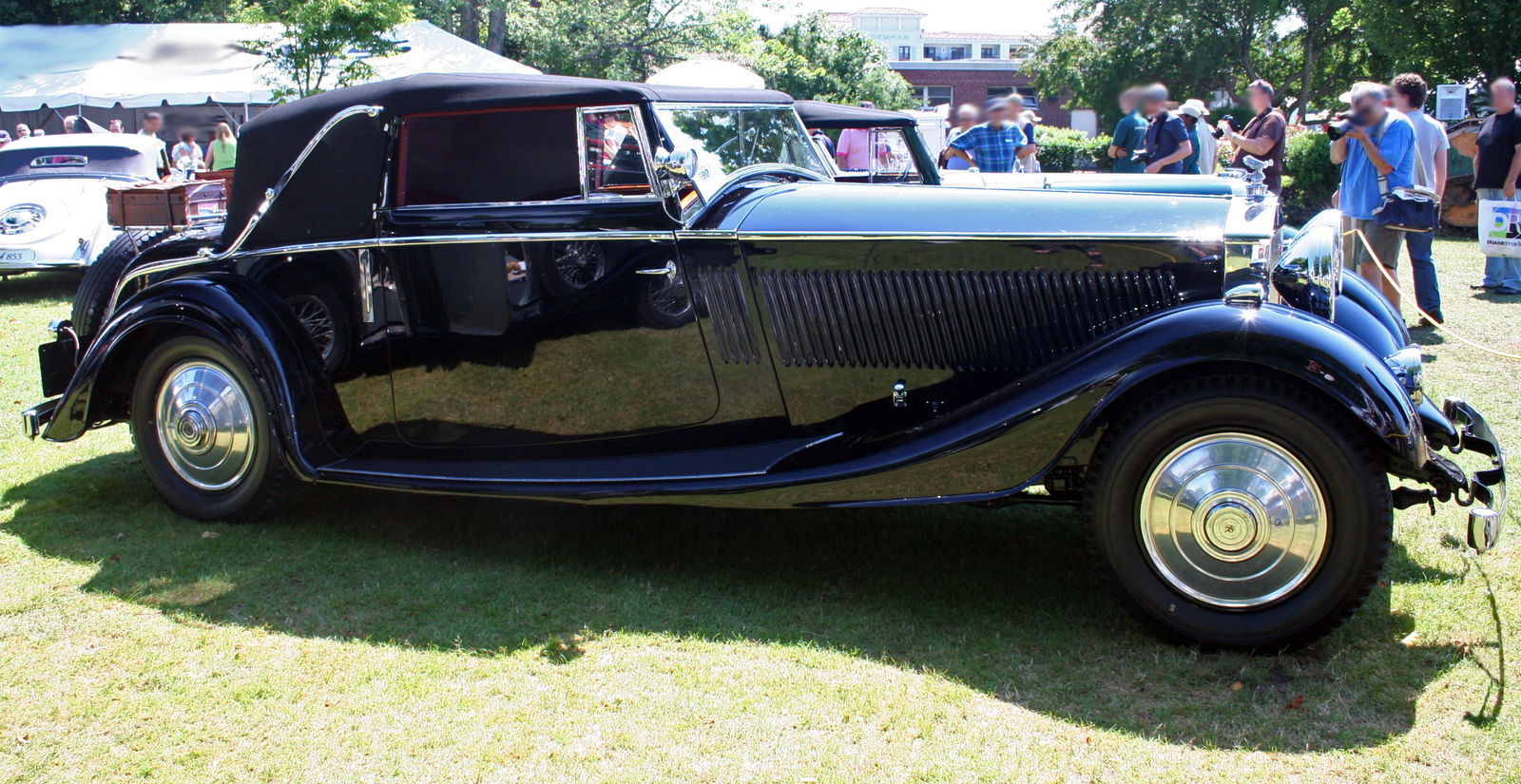
As the depression hit, the 7.7-litre engine stayed put, albeit with a now-entirely-normal crossflow cylinder head. This time, though, the chassis was completely new, with leaf springs at all four corners. A bright idea incorporated into the American-built Phantom I was adopted for its replacement, with a centralised lubrication system for various chassis components. The gearbox was improved twice in its lifetime, with synchromesh added to third and fourth in 1932 and then second in 1935.
Every Phantom II was built at the Derby factory that operated as the automotive base until World War II kicked off. There’s a fascinating bit of history here, where Henry Royce had asked body designer Ivan Evernden to build him a one-off short-wheelbase Phantom II called the 26EX, before disappearing to enter it into the 1930 Concours d’Elegance in Biarritz. It won the Grand Prix d’Honneur (literally ‘Great Prize of Honour’), and by the time Royce returned to Derby the sales department had already announced it as a new model called the Continental Saloon, complete with sales brochure and costings.
No one had asked them to do any of it, but 281 were then built and sold. Also worth noting is that during the Phantom II’s reign as the world’s finest car (although Daimler might argue), Rolls-Royce acquired the collapsing Bentley.
Phantom III: 1936-1940
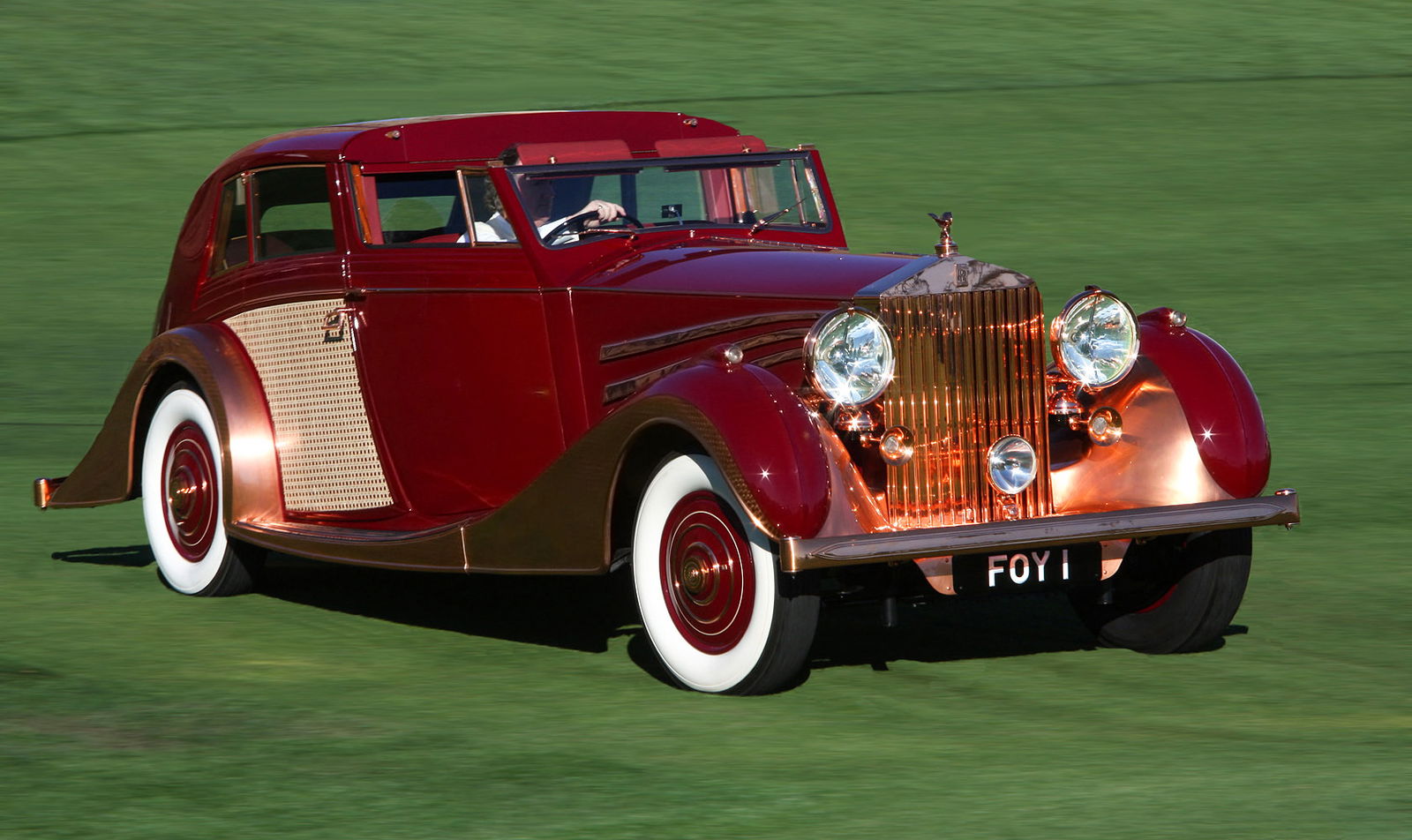
The last of the pre-War Rolls-Royces was built for just four years, but it had some fantastic features. It swapped the straight-six motor for a V12, albeit one of about 400cc smaller cubic capacity than the six-pot. Two spark plugs per cylinder was especially unusual in the 1930s. Another quantum leap forward was independent coil-sprung front suspension, and manual gearboxes had advanced far enough to see a four-speed unit installed as standard. The servo-assisted cable-operated brakes hadn’t really been upgraded much since the 1920s, though.
Performance tests in the very same Autocar magazine you can still buy today brought about a top speed of 87.5mph and a 0-60mph sprint of 16.8 seconds. The Phantom III was the only V12 Rolls-Royce ever made until the Silver Seraph in 1998. Production officially stopped in 1939, naturally, but one last chassis was built in 1940 and deliveries were apparently still made as late as 1941.
Phantom IV: 1950-1956
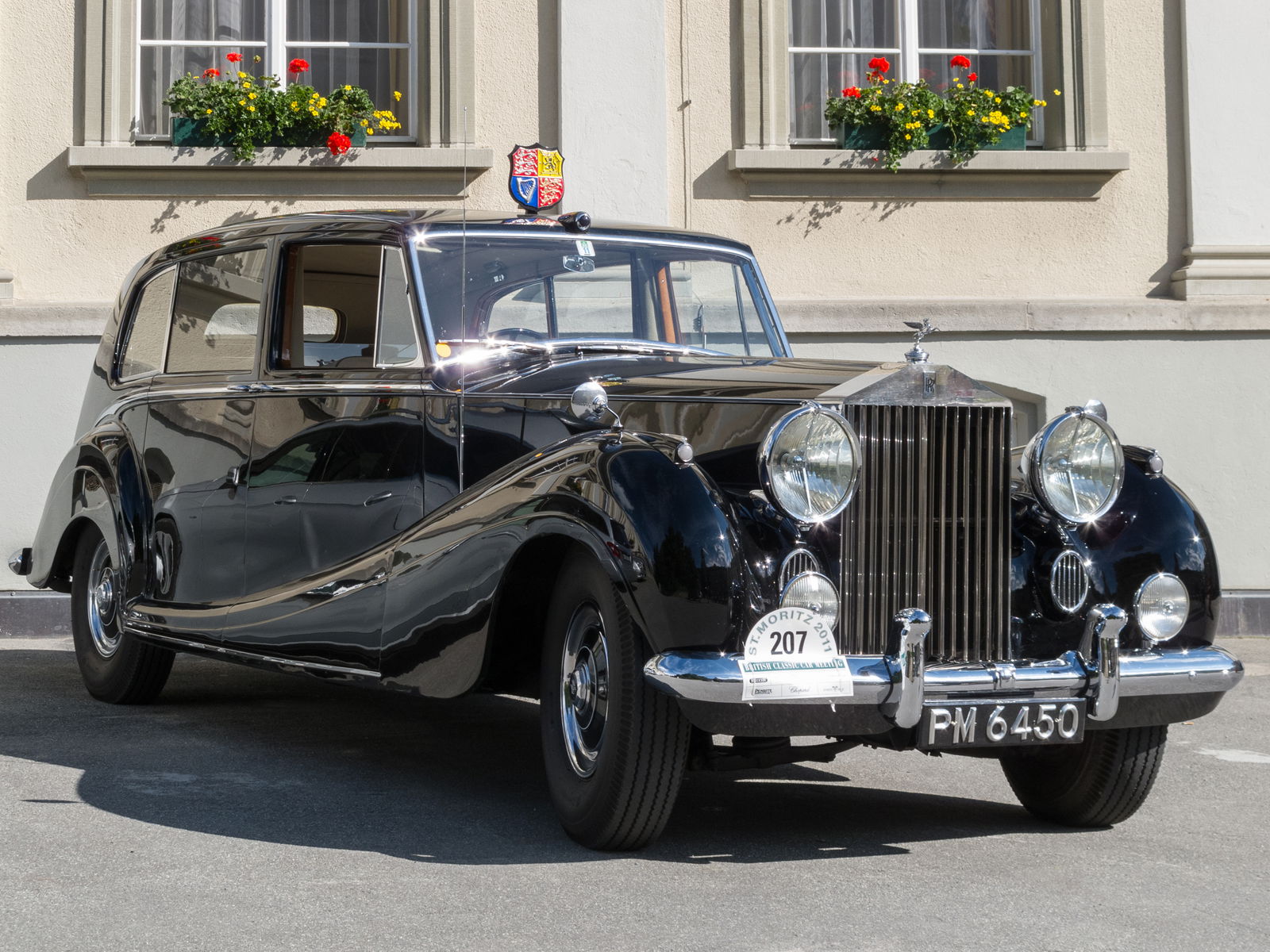
After World War II the Derby factory was repurposed for Rolls-Royce’s aircraft engine production, swapping status with the facility built for the company in Crewe by the British Government in 1938. Automobiles were then produced for the most part in the Crewe plant, which is still in use today. By Bentley.
A big part of the MkIV’s development had come just before the War, in the beginnings of a project to reduce the massive costs of building the Phantom III’s chassis. The concept of parts-sharing was born, with the idea (denied strongly at the time) to fit both Rolls-Royces and Bentleys with the same components. A remarkably powerful 5.7-litre straight-eight engine was born out of the so-called Comet project, and it quickly earned the nickname Scalded Cat. A four-ratio manual transmission was standard until 1954, when a four-speed automatic took over. People simply weren’t buying luxury cars, though, and only 18 were ever made.
That came despite the Phantom IV finding favour with the young Duke of Edinburgh and Princess Elizabeth, who as queen still sits on the throne today. Three armoured versions were also built for Generalissimo Francisco Franco of Spain, and all three are still in use for special ceremonies by the Spanish government.
Phantom V: 1959-1968
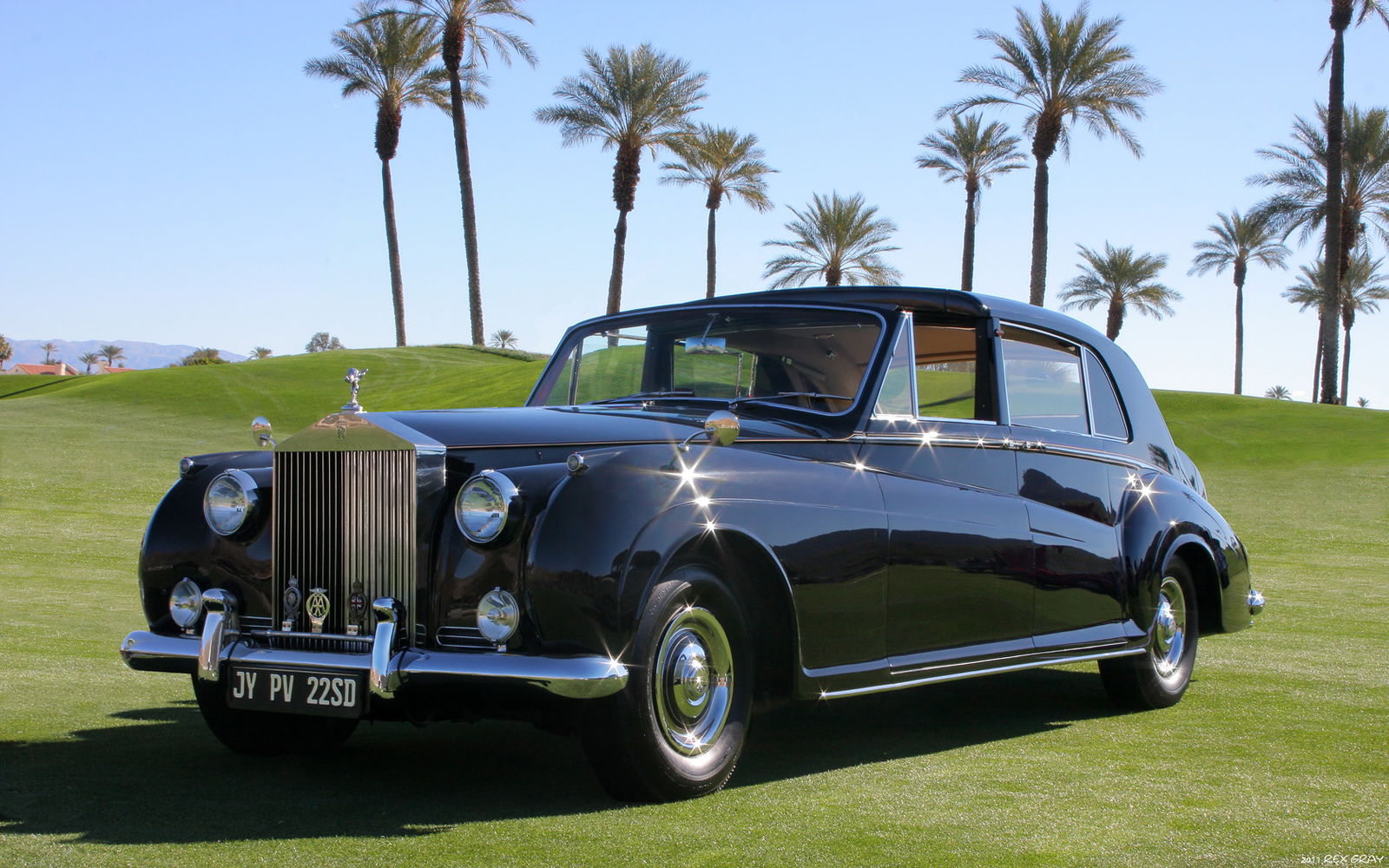
It was in 1959 that Rolls-Royce bought coachbuilder H J Mulliner and essentially merged the two together. The post-War enthusiasm for luxury cars had dimmed, and Rolls had found itself in need of other sources of income, and ways to cut costs. As well as making diesel engines for automotive and industry use throughout the 1950s, its car bodies were now built to a much cheaper standard design by Mulliner.
Its twin-carburetted 6.2-litre V8 was shared with the Silver Cloud II, as was its General Motors-sourced automatic gearbox. In 1963, the upgrades made to the Silver Cloud III’s engine were also applied to the Phantom V. The brakes had already been upgraded to large drums.
Famous owners included Queen Elizabeth II, John Lennon, King Olav V of Norway and the former Shah of Iran – who also owned a Phantom IV and a Phantom VI. Another fifth-generation car is registered to the Republic of the Philippines, while another had been left in Hong Kong for British official use until the city’s ceremonial returning to Chinese control in 1997. Then Britain took it back.
Phantom VI: 1968-1991
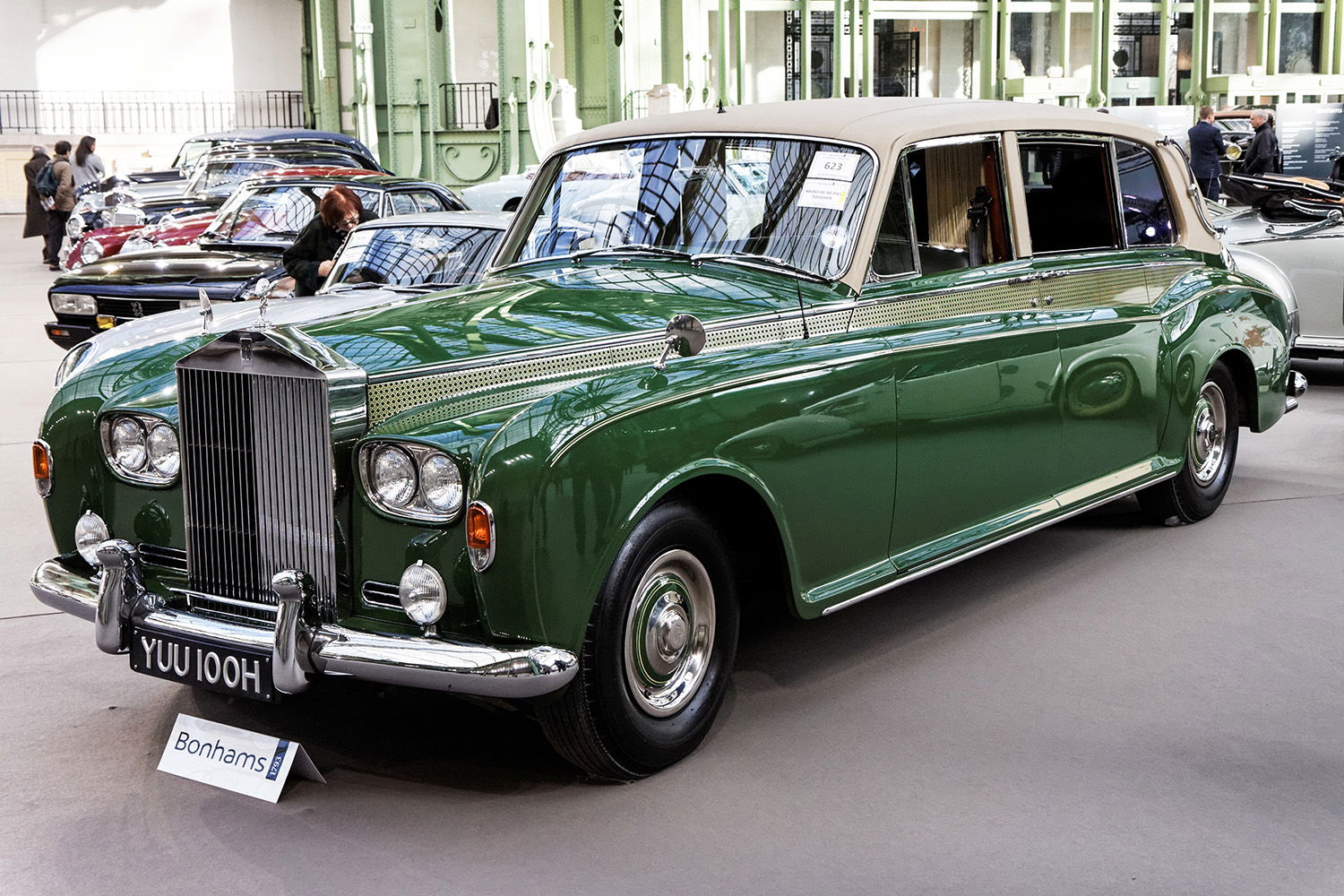
Rolls-Royce was still finding it difficult to make money out of high-end cars, so to cut costs the Phantom VI was based on the V that went before it. Most were built as saloons, or rather limousines, as the company preferred, but there were a few landaulettes built for special orders. The VI was the last Rolls to have a separate chassis, and from the engine to the brakes and the suspension there was little to shout about over and above what had already been seen on the Phantom V.
Vickers had, in 1980, bought the rights to both Rolls-Royce and Bentley. Sales of the latter in particular had slumped to catastrophic lows during the 1970s, but nothing was ever really done to try to revive either brand.
Given that the Phantom VI marched bravely on until 1991, by which time Lexus was building the amazingly modern and refined LS400, it meant that the company was still selling essentially the same Phantom as it had been 32 years previously. It just couldn’t compete on any front any more. No wonder it eventually folded, weighed down by ever-decreasing desirability, lack of investment and blatant mismanagement.
Phantom VII: 2003-2017
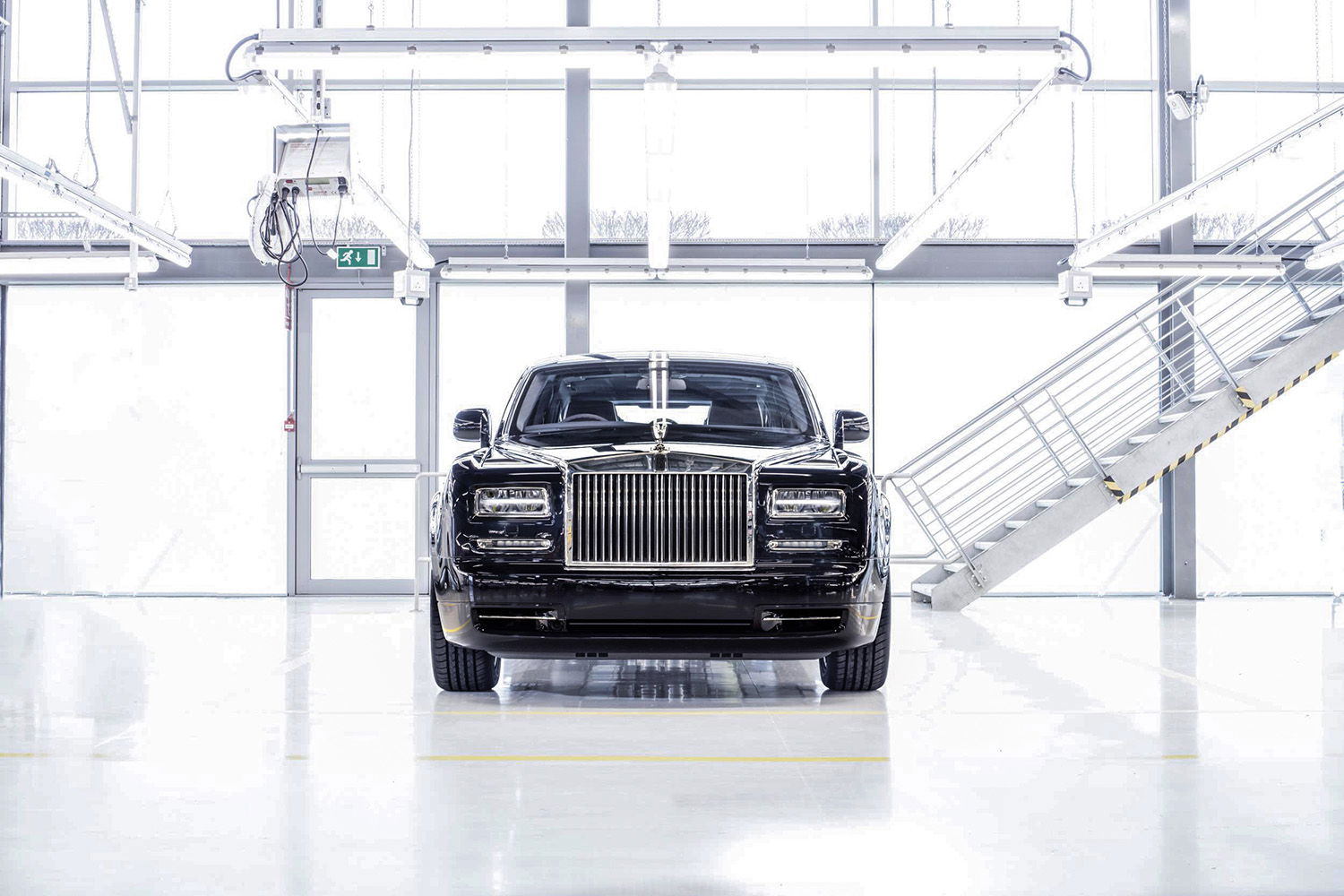
A hilarious bidding war for the rights to build Rolls-Royces and Bentleys erupted in 1997, between BMW and Volkswagen, which is worth reading about in more detail than we have space for here. Essentially, some crafty businessmanship from BMW resulted in them holding the bid winners Volkswagen to ransom over the continued supply of engines, ultimately winning the rights to all it needed of Rolls-Royce for just £40 million.
BMW established a new legal entity under the Rolls-Royce name, and began work on the Phantom VII. It was a new era, a new start and a complete modernisation of what the company stood for. The 2003 Phantom instantly became the most luxurious, most refined and most outstandingly noticeable luxury car in the world.
The 2.5-tonne behemoth hit 62mph in 5.9 seconds courtesy of a 453bhp V12, built symbolically in the same 6.75-litre capacity that Bentley and Rolls had previously used in a V8 – earlier versions of the same L-series V8 still used by the Bentley Arnage.
As we all know, the Phantom VII is modern history, enduring a 14-year production run across limousine, convertible and coupe body styles and ending with that very special final car that we can’t wait to see at auction one day.
We don’t know much about the next Phantom yet, but we do know it’s been spotted in testing. It’s going to be a completely new, all-aluminium construction most likely based on the latest production methods used by BMW, but it looks like the MkVII’s rectangular headlights might be retained.
The company is said to be targeting a reduction in kerb weight to meet environmental obligations, and it’s rumoured that the new chassis will be better able to tune out unwanted vibrations, increasing comfort. There’s no confirmation yet as to whether the much-loved 6.75-litre V12 will continue, or whether the Ghost’s 6.6-litre twin-turbo unit will take its place. Multiple body styles will continue, and you can bet your life that so will the record sales figures.
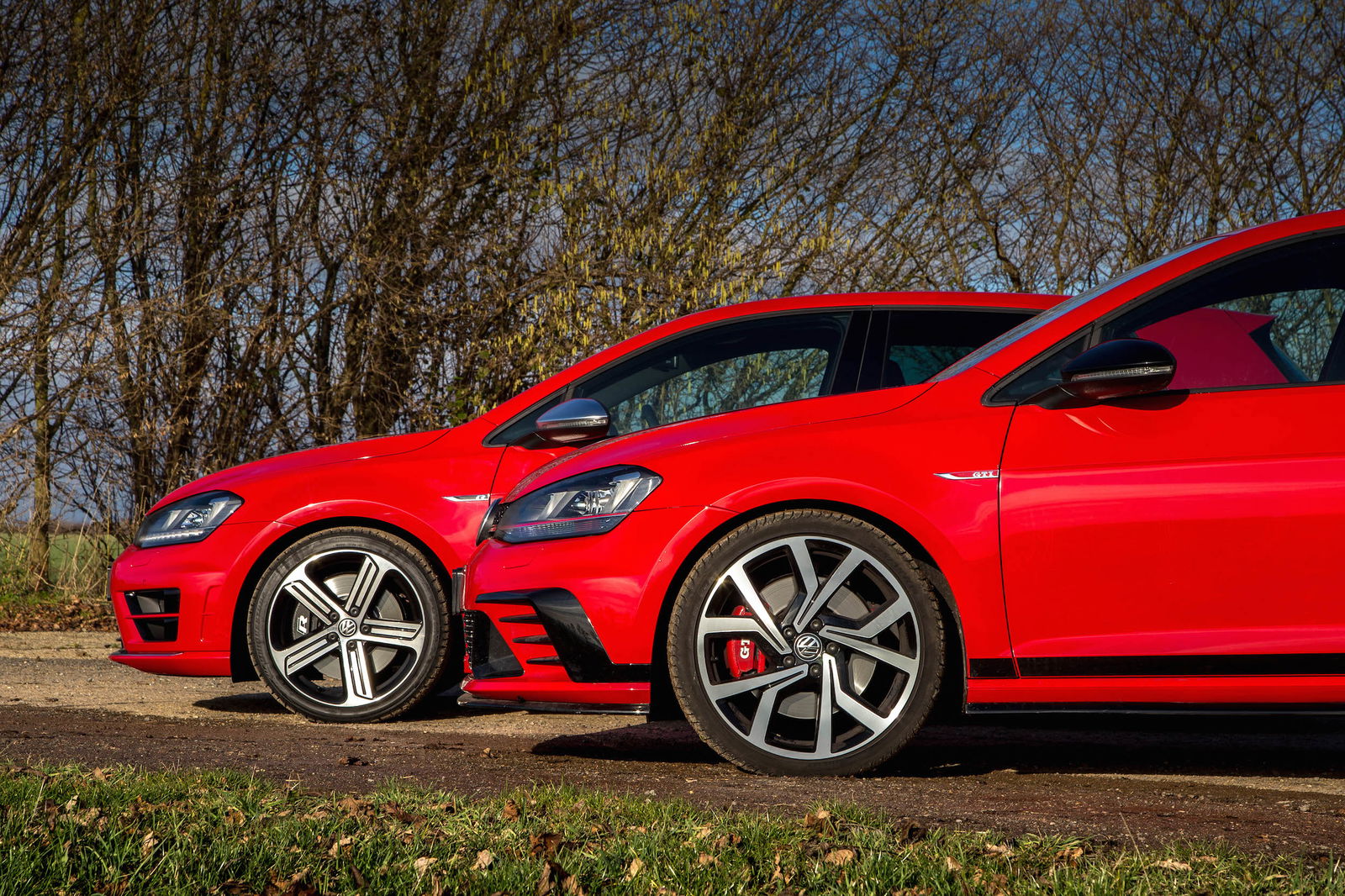
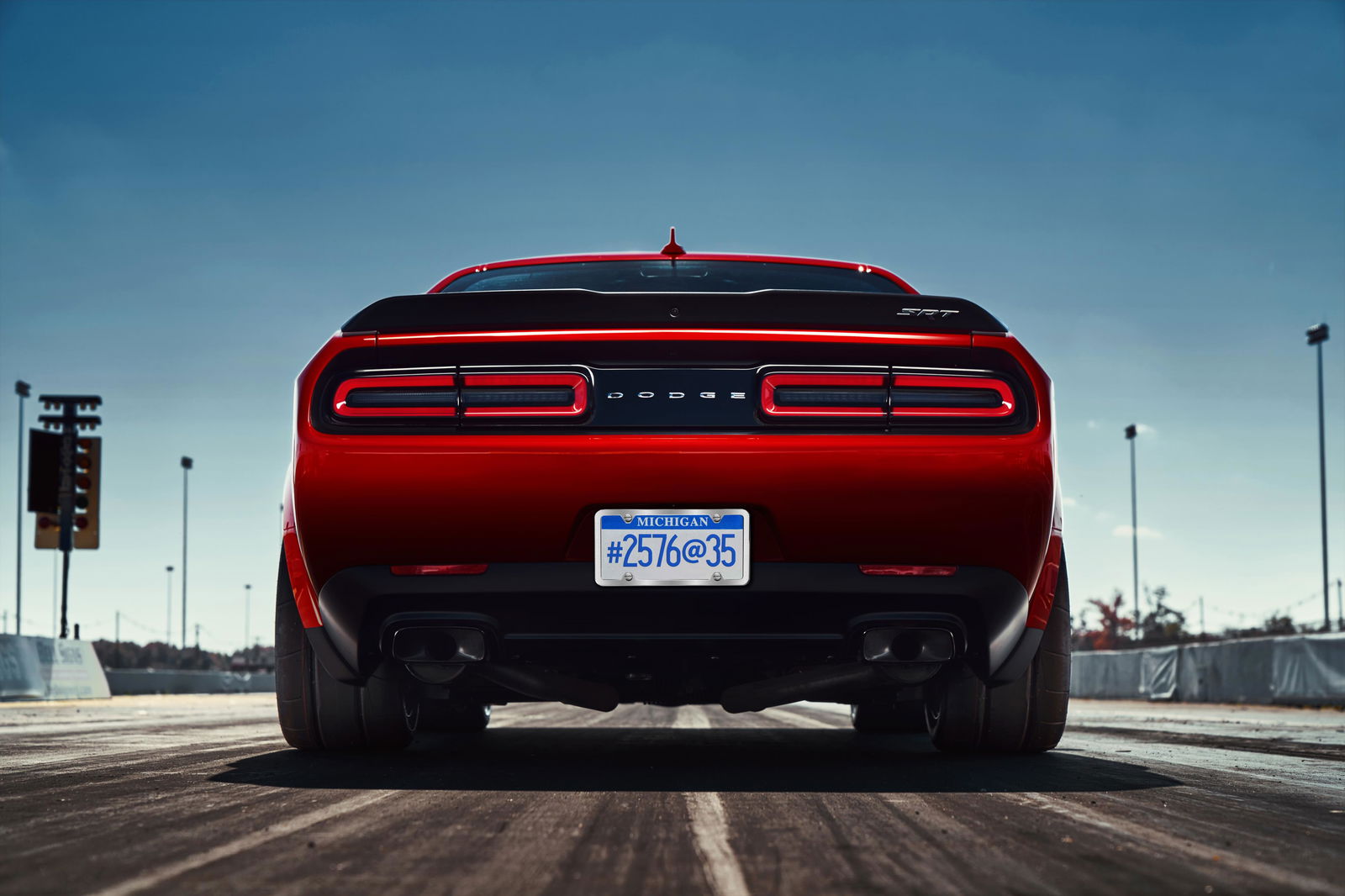
Comments
I’d had to say farewell, dear RR Phantom. See ya in 2018.
And know i learned that..
To spot a upcoming car, see if its black and white wrapped!
When you discover some Rolls Royces were built in the US
GTR and Supra fan boys on how heavy this car is 3….2….1
Fun fact (that I’m stunned hasn’t been mentioned): the Phantom VII was originally designed to have a 9.0 V16 engine in it. An engine they actually fitted to one for Johnny English Reborn.
One of the phantom IVs is in a museum in bilbao, which is the biggest rolls royce collection in the world
“with a secret price tag expected to have hit seven figures” The base car was about $970,000 anyway, with the drophead at over $1.2mil
I still prefer the Silver Cloud Mk.III over any of these Phantoms